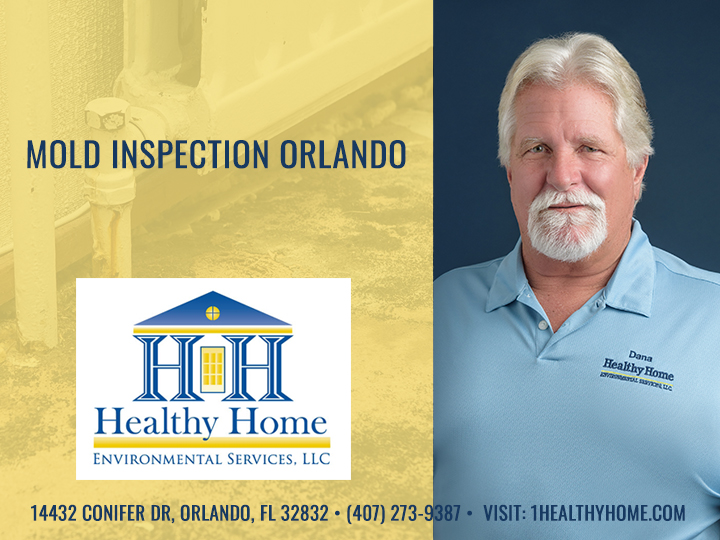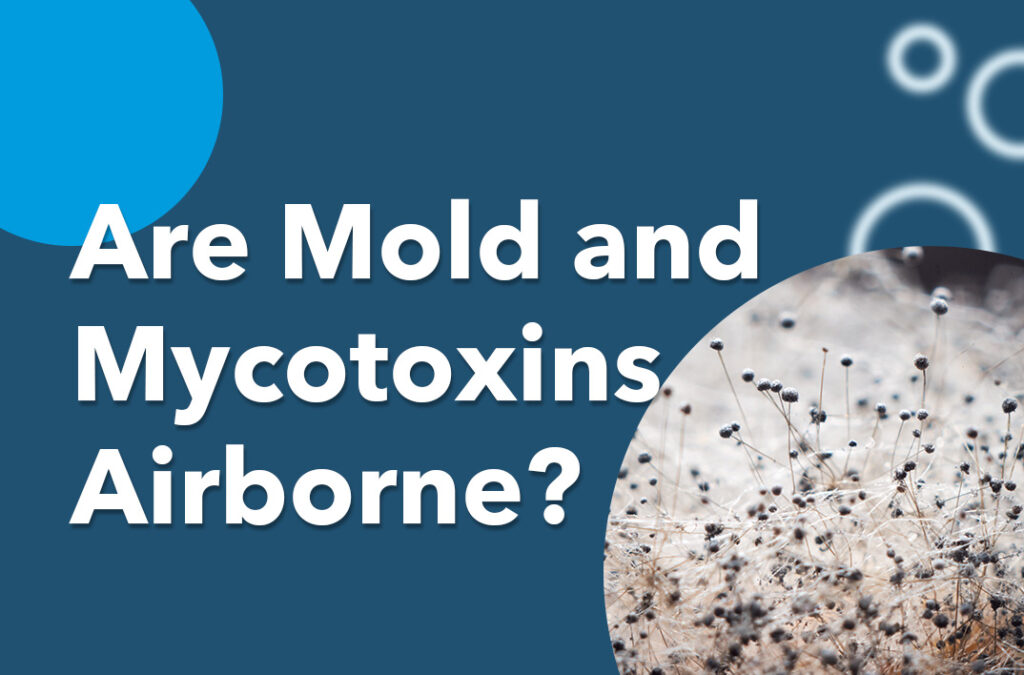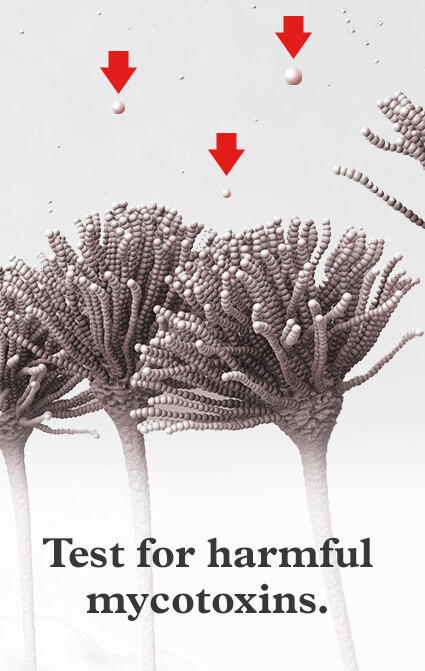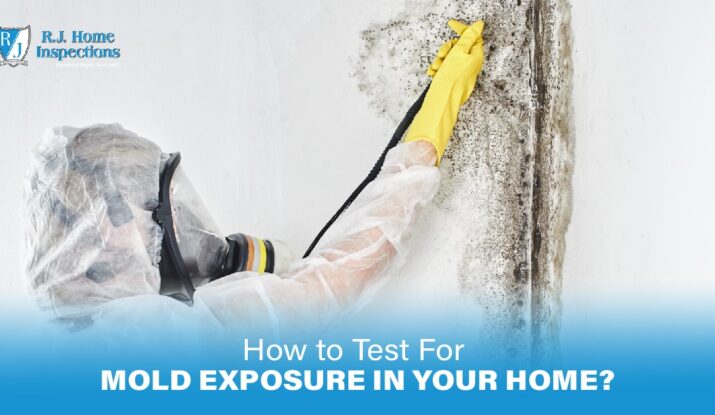Improve Your Safety Methods with Professional Mycotoxin testing Services
How Mycotoxin Testing Assists Stop Contamination and Secure Food Products

Mycotoxin screening is a crucial technique in the food industry, serving as a frontline defense against contamination by unsafe toxins produced by molds. With the application of sophisticated strategies like High-Performance Liquid Chromatography (HPLC) and Liquid Chromatography-Mass Spectrometry (LC-MS), food manufacturers can properly evaluate and spot mycotoxin degrees in farming items.
Understanding Mycotoxins
Understanding mycotoxins starts with acknowledging that they are toxic secondary metabolites produced by particular mold and mildews, which can contaminate farming products. These metabolites are not essential for the development or recreation of the fungis but can have severe ramifications for animal and human wellness. Mycotoxins are commonly located in staple plants such as corn, wheat, barley, and nuts, where they can multiply under specific conditions of dampness and temperature level.
There are several types of mycotoxins, each created by different fungal species. Fusarium species produce trichothecenes and fumonisins, both of which are associated with different severe and chronic health problems.

Dangers of Mycotoxin Contamination
The dangers of mycotoxin contamination are diverse, positioning considerable dangers to both food safety and security and public wellness. Mycotoxins, poisonous substances produced by certain types of fungi, can pollute a vast range of agricultural products including grains, nuts, spices, dried out fruits, and coffee.
Financial impacts are another major issue. Infected plants can lead to substantial monetary losses for farmers and food manufacturers due to decreased yields and the demand for costly purification procedures. International trade can be substantially prevented as nations apply strict mycotoxin guidelines to safeguard their populations, leading to turned down shipments and strained trade relationships.
Ecological variables such as environment change aggravate the risk of mycotoxin contamination. Variants in temperature level and humidity can develop favorable problems for fungal development, enhancing the likelihood of contamination occasions. Hence, understanding and reducing these risks are crucial for making certain the safety and security and honesty of international food materials.
Techniques of Mycotoxin Testing
Precisely identifying mycotoxin contamination in agricultural products is essential for protecting public health and wellness and keeping food safety standards. Numerous techniques are used to identify and evaluate mycotoxins, each offering particular benefits and limitations.
High-Performance Liquid Chromatography (HPLC) is an extensively used approach because of its high sensitivity and precision. It involves separating mycotoxins from various other substances in a sample, allowing accurate quantification. Fluid Chromatography-Mass Spectrometry (LC-MS) integrates liquid chromatography with mass spectrometry to give detailed molecular information, making it specifically valuable for recognizing numerous mycotoxins concurrently.

Gas Chromatography-Mass Spectrometry (GC-MS) and Thin-Layer Chromatography (TLC) are additionally utilized, each with unique applications. GC-MS is efficient for unstable mycotoxins, while tender loving care offers a simpler, affordable choice for initial testing.
Advantages of Normal Examining
Normal screening for mycotoxins in agricultural items offers numerous advantages, dramatically contributing to public wellness and food safety. By determining contamination early, normal testing assists stop the distribution of hazardous foods, thus reducing the threat of mycotoxin-related diseases amongst customers. This aggressive method not only safeguards human wellness however additionally improves the total quality of food products.
Various nations and regions have actually established rigorous restrictions for mycotoxin levels in food and feed. Adhering to these limitations through normal testing makes sure that producers and distributors meet lawful criteria, thereby avoiding fines and trade obstacles.
Furthermore, normal mycotoxin testing can bring about significant economic benefits. Early detection of contamination permits prompt treatment, minimizing possible losses from widespread contamination. Executing normal screening procedures can likewise minimize recall expenses and associated obligations, which can be financially ruining.
Furthermore, regular testing supplies useful data that can notify better farming practices and storage conditions. By understanding patterns of contamination, producers can adopt precautionary measures, thus reducing future threats and adding to the sustainability of the food supply click for more chain.
Carrying Out Checking Protocols
Applying reliable mycotoxin testing procedures is critical for ensuring the safety and security and quality of agricultural items. Establishing a robust testing structure entails multiple vital steps, starting with the identification of possible contamination factors within the production and supply chain. This consists of pre-harvest, post-harvest, storage, and circulation phases. Each stage should be inspected to determine where mycotoxin contamination is probably to occur.
Once important control factors are determined, selecting appropriate screening approaches is important. Typical methods include enzyme-linked immunosorbent assay (ELISA), high-performance liquid chromatography (HPLC), and mass spectrometry (MS) Each method has its toughness and weak points; hence, selecting the correct one depends upon the certain mycotoxin being examined, the required level of sensitivity, and offered resources.

Finally, integrating the testing protocols into a thorough food safety monitoring system This Site is advisable. This enhances traceability and enables quick rehabilitative actions when contamination is found, therefore securing the honesty of the food supply chain.
Conclusion
Mycotoxin screening is necessary in preventing contamination and safeguarding food supplies by allowing early discovery of dangerous toxins produced by molds in agricultural products. Regular testing enhances brand name track record, monetary security, and trust fund in food safety and security by reducing contamination-related losses and maintaining high standards in food manufacturing.
Mycotoxin testing is a crucial technique in the food sector, serving as a frontline defense versus contamination by harmful contaminants created by molds. An incorporated strategy involving farming techniques, storage monitoring, and regular testing can mitigate the threats associated with mycotoxin contamination, making sure food security and public health.
The risks of mycotoxin contamination are complex, posturing significant dangers to both food safety and security and public wellness.Routine testing read the article for mycotoxins in agricultural items provides numerous benefits, dramatically contributing to public wellness and food safety.Mycotoxin screening is crucial in stopping contamination and safeguarding food supplies by enabling very early detection of dangerous toxins created by mold and mildews in agricultural products.